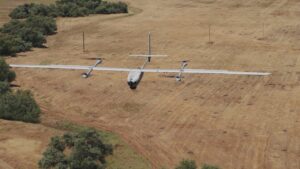
Lockheed Martin [LMT] on Tuesday said it is collaborating with Red Hat, Inc. to bring advanced software to the tactical edge that will allow for better sensing based on artificial intelligence. The partnership with a commercial company is part of Lockheed Martin’s ongoing effort to leverage digital and other technologies being developed and used in the commercial sector for military applications. Red Hat, which is part of IBM [IBM], provided its new Red Hat Device Edge software on a Lockheed…

 By
By 











